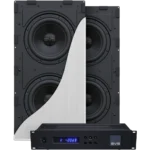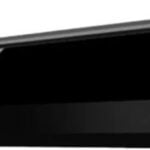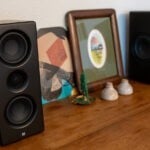Colin
Owner
- Joined
- Oct 14, 2022
- Messages
- 93
- Real Name
- Colin
Hey hardware folks!
Those of you who have Atmos height speakers, do you have an opinion on 2 vs 4? Is it a game changer, or just a little more fun?
I'm trying to figure out if I want to bend over backward with my HT design to get 4 Atmos. It will mean more complicated restraints and a more expensive receiver to get 4 speakers. If 2 gets the job done, it'll be way easier. But if 4 makes a world of difference, then I'll consider the extra cost and headache.
Those of you who have Atmos height speakers, do you have an opinion on 2 vs 4? Is it a game changer, or just a little more fun?
I'm trying to figure out if I want to bend over backward with my HT design to get 4 Atmos. It will mean more complicated restraints and a more expensive receiver to get 4 speakers. If 2 gets the job done, it'll be way easier. But if 4 makes a world of difference, then I'll consider the extra cost and headache.





